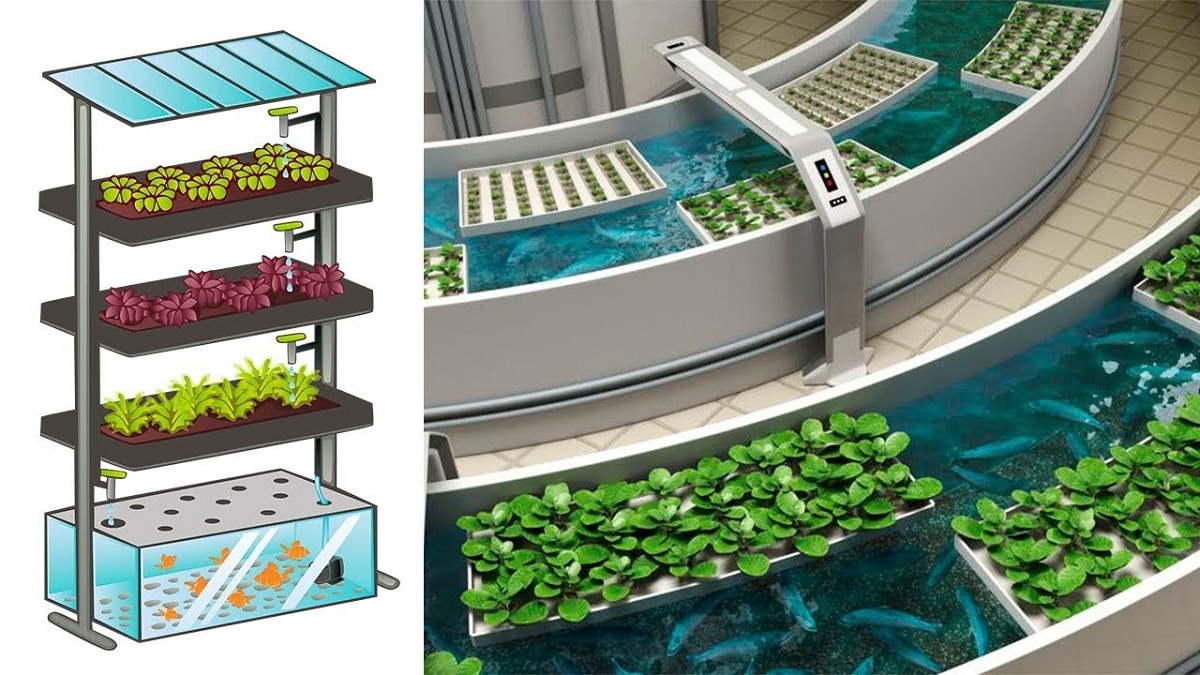
La aquaponics It is a system that combines characteristics of the crop de peces from traditional way of aquaculture with hydroponic cultivation. A hydroponic crop is one in which plants are grown without any type of substrate. Water with a large amount of dissolved nutrients is used for this. This technique helps improve the symbiotic environment that exists between plants and fish.
In this article we are going to tell you what aquaponics is and what its main characteristics are.
What is aquaponics
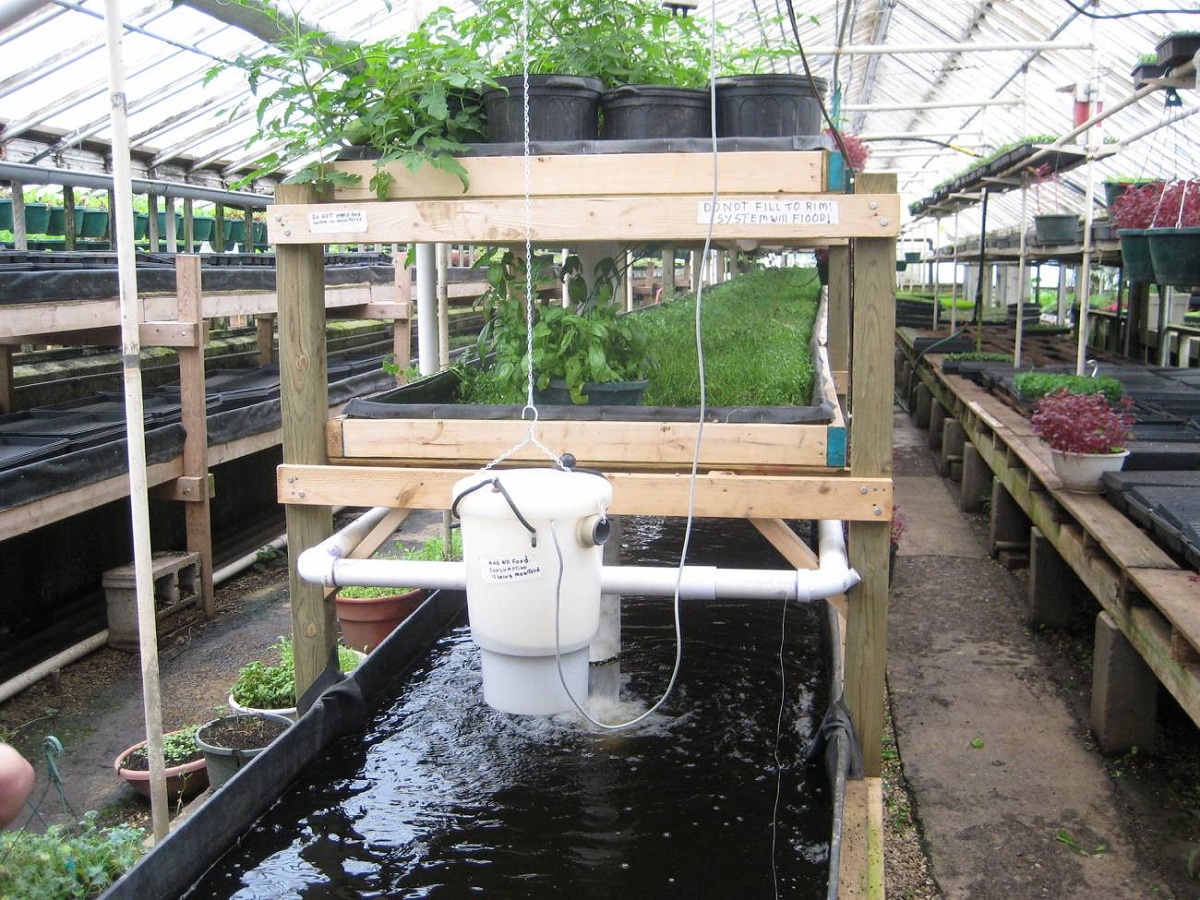
It is a sustainable system that is capable of simultaneously producing both plants and fish. combining characteristics of traditional aquaculture with hydroponic culture. These two elements are essential to be able to raise aquatic animals and grow plants. With waste resulting from breeding de peces can accumulate in water and use closed systems that can recirculate traditional aquaculture systems.
Although effluent-rich waters can be toxic to certain animals, it cannot be denied that it is an essential part for plant growth. This is because the effluents are rich in nutrients that plants need to be able to develop properly.
How does it work
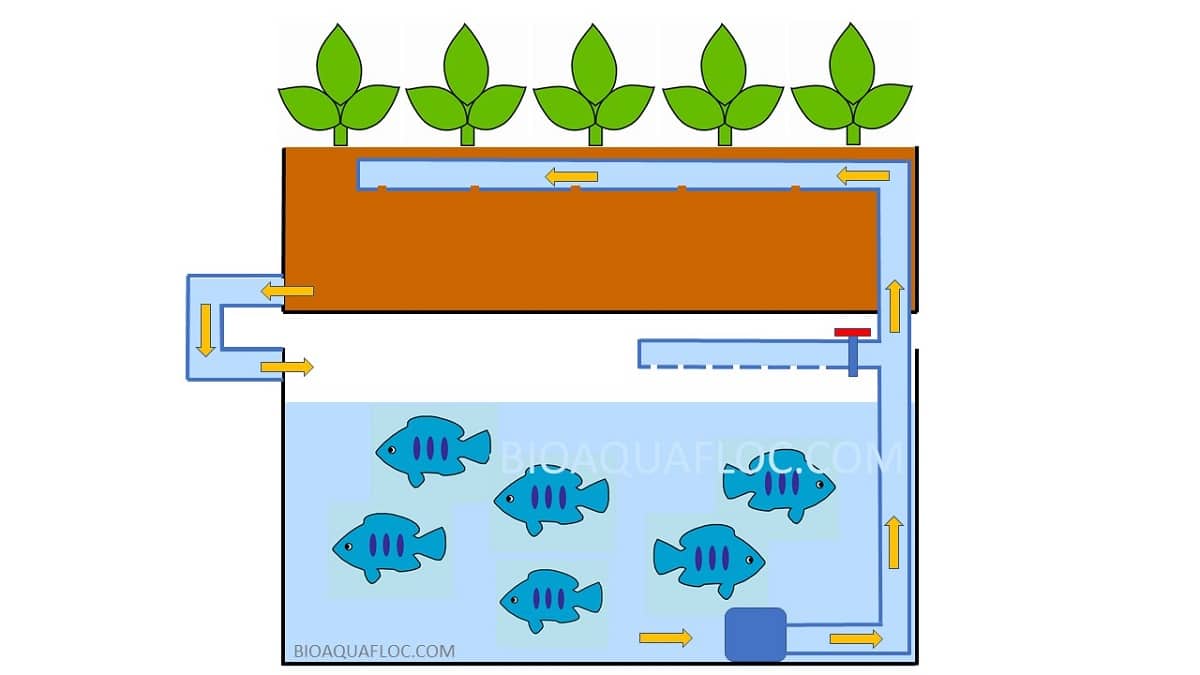
Aquaponics works with different components or subsystems. Let's see what are the elements that are established in this practice:
- Breeding tank: it is the place where fish feed and grow. it as its small habitat for its development.
- Solids removal: It is a unit that is used to eliminate the food that is ingested by the fish and group the finest sediments. Here a biofilm is usually created on the surface of the water.
- Bio filter: As in all aquatic environments, nitrification bacteria are needed. These bacteria are responsible for transforming ammonia into nitrates that are assimilated by plants.
- Hydroponic subsystems: is the part of the entire system where plants can grow by absorbing nutrients from the water. In this case there is no type of substrate. It is the water with nutrients that makes the plant able to develop.
- Sum: it is the lowest part of any hydroponic system. This is the part where the water flows and is pumped back to the rearing tanks.
What is needed to do aquaponics
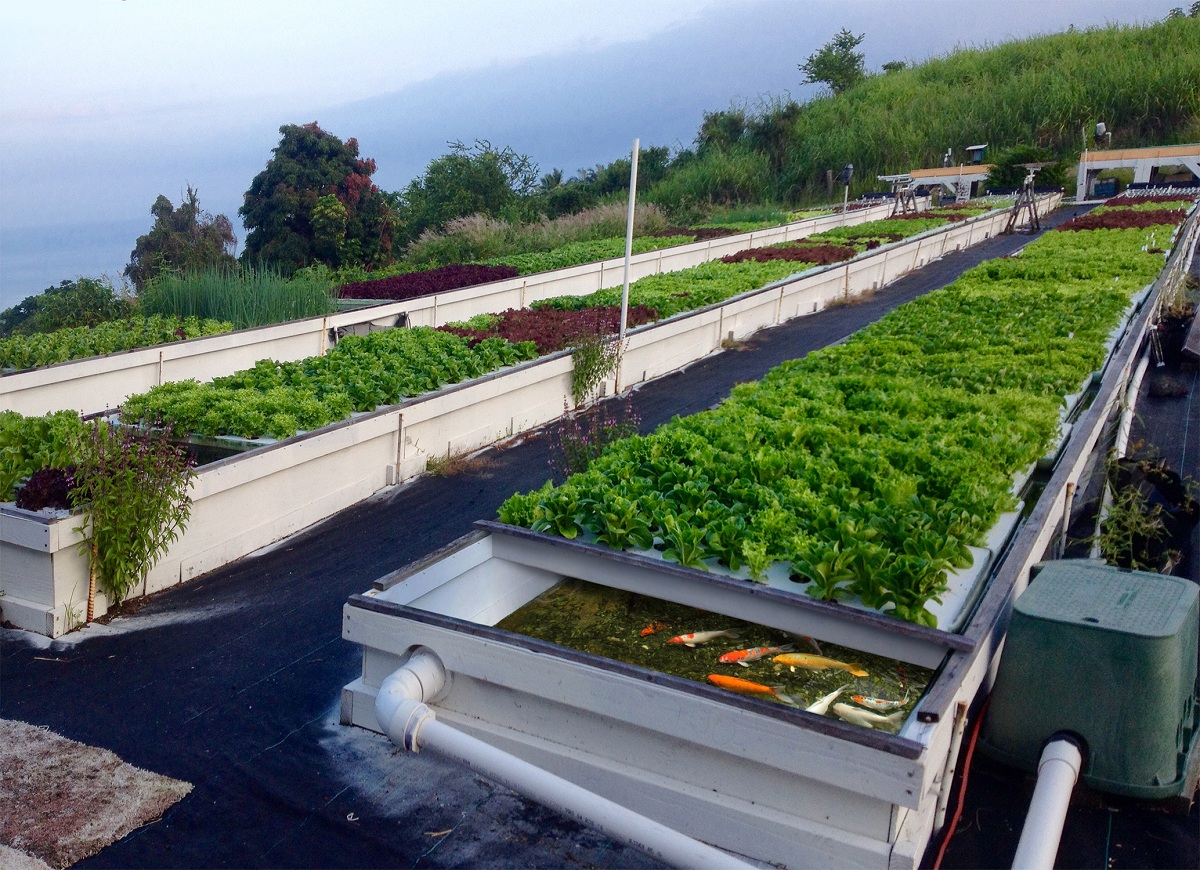
To be able to do aquaponics you need a very important element. It's all about nitrification. Nitrification is the aerobic conversion of ammonia to nitrates. Nitrates are those responsible for reducing the toxicity of the water for fish. In addition, the resulting nitrates are eliminated by the plant and used for its nutrition. Fish can shed ammonia constantly as a product in their metabolism.
Most of this ammonia needs to be filtered, as high concentrations of it can kill fish. This makes aquaponics take advantage of the bacteria's ability to convert them into other nitrogenous components.
To do aquaponics you need an aquaponic system formed in turn by two subsystems. These are:
- Growing plants in hydroponics.
- Farming de peces in a fish tank using aquaculture.
How to do aquaponics at home
There are many people who want to do aquaponics at home. They should know that they need some necessary materials to carry it out. These materials are as follows:
- Cultivation table
- Two water tanks
- Water fountain pump
- Water
- Plants
- Fish
- A toilet siphon
- Arlita
The first thing is to place the tank on the grow table. A hole the size of a sanitary siphon can be made and we can place it between the table and the tank. The tank has to be placed under the aquarium and we put the water pump that will go up to the area where the plants will be placed. Next, we place the tube with the holes to protect the siphon from the clay. The clay must be washed.
We put the plant in the clay pot and fill it with water so that it can begin to filter. We will not place the fish for about 3 weeks, when the system is already running and there is a bacterial colony. Let's not forget that bacteria are responsible for transforming ammonia, a waste product of fish as a result of their metabolism, into nitrate that the plant uses as nutrients. This is the ongoing balance that aquaponics must have.
Services
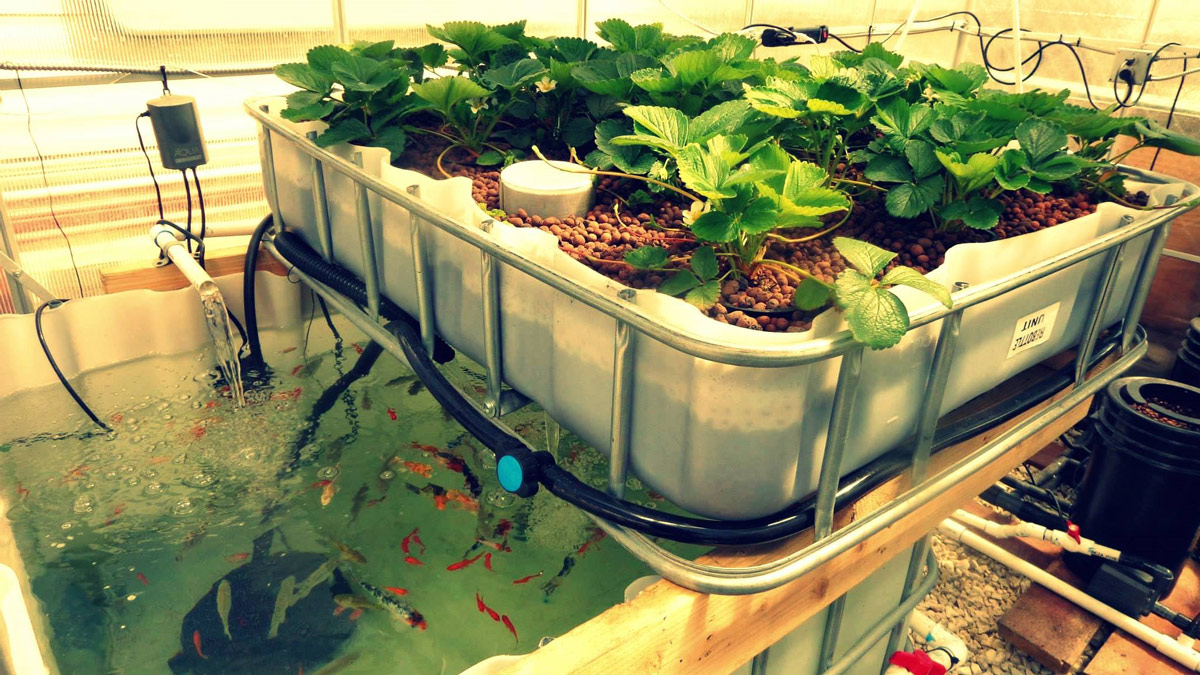
As might be expected, this practice has great deficiency, economic and production benefits. Let's analyze what are the benefits of aquaponics.
- Yield is superior to hydroponic cultivation and that provided by traditional aquaculture. For this performance to be high, it must be first stabilized.
- There is no residual contamination of any kind. In addition, the water consumption is minimal if we compare it to other agricultural systems. This is due to its recirculation system. Tan knows to replenish the water that is lost through evaporation.
- It is not necessary to use nutrient solutions as in hydroponics. Nor is it necessary to pollute or use expensive fertilizers like conventional agriculture. Depending on some types of composition that the water has in some areas, it is necessary to add some olive elements such as iron, calcium and potassium. The system at times does not autonomously generate these trace elements in sufficient quantities.
- The fish that are produced are healthier than those raised in aquaculture and the volume of production is higher. It is also not necessary to treat fish waste as in other traditional aquaculture procedures. They are also not expelled to the sea or fresh water courses and it prevents the eutrophication of the waters.
- We can produce vegetables and fish of optimal quality in the same space.
- It has great resistance to pests and diseases.
Industrial aquaponics projects
The world's largest industrial aquaponics project takes place in China. It has more than 4 hectares and use new technologies in combination with the old bamboo. Used to use rice cultivation experiments in ponds de peces and provide a base to be able to expand everything in the traditional crops of the land. An attempt is also made to recover some nutrients from the soil biologically.
I hope that with this information you can learn more about aquaponics.